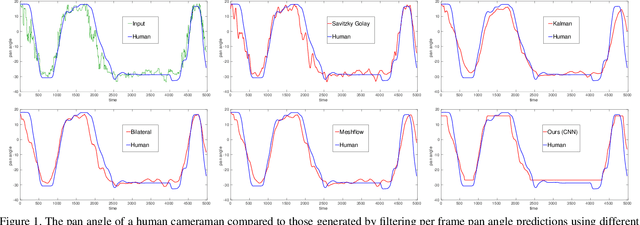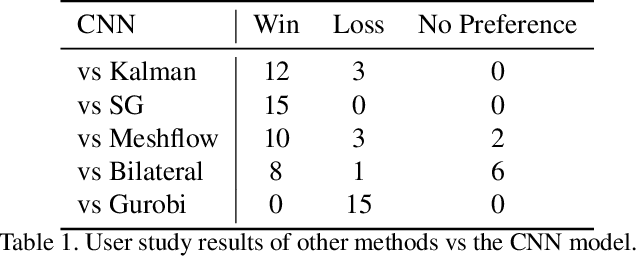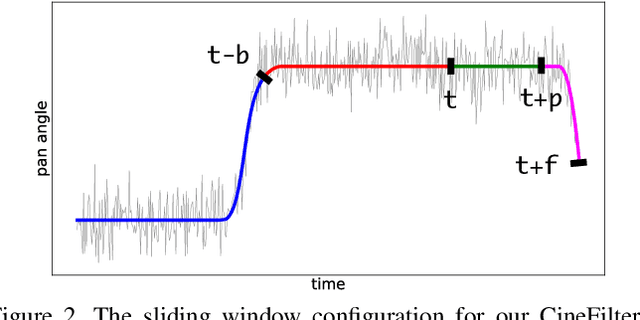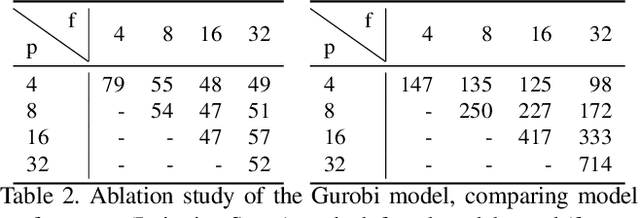K L Bhanu Moorthy
GAZED- Gaze-guided Cinematic Editing of Wide-Angle Monocular Video Recordings
Oct 22, 2020



Abstract:We present GAZED- eye GAZe-guided EDiting for videos captured by a solitary, static, wide-angle and high-resolution camera. Eye-gaze has been effectively employed in computational applications as a cue to capture interesting scene content; we employ gaze as a proxy to select shots for inclusion in the edited video. Given the original video, scene content and user eye-gaze tracks are combined to generate an edited video comprising cinematically valid actor shots and shot transitions to generate an aesthetic and vivid representation of the original narrative. We model cinematic video editing as an energy minimization problem over shot selection, whose constraints capture cinematographic editing conventions. Gazed scene locations primarily determine the shots constituting the edited video. Effectiveness of GAZED against multiple competing methods is demonstrated via a psychophysical study involving 12 users and twelve performance videos.
* 10 pages
CineFilter: Unsupervised Filtering for Real Time Autonomous Camera Systems
Dec 11, 2019



Abstract:Learning to mimic the smooth and deliberate camera movement of a human cameraman is an essential requirement for autonomous camera systems. This paper presents a novel formulation for online and real-time estimation of smooth camera trajectories. Many works have focused on global optimization of the trajectory to produce an offline output. Some recent works have tried to extend this to the online setting, but lack either in the quality of the camera trajectories or need large labeled datasets to train their supervised model. We propose two models, one a convex optimization based approach and another a CNN based model, both of which can exploit the temporal trends in the camera behavior. Our model is built in an unsupervised way without any ground truth trajectories and is robust to noisy outliers. We evaluate our models on two different settings namely a basketball dataset and a stage performance dataset and compare against multiple baselines and past approaches. Our models outperform other methods on quantitative and qualitative metrics and produce smooth camera trajectories that are motivated by cinematographic principles. These models can also be easily adopted to run in real-time with a low computational cost, making them fit for a variety of applications.
 Add to Chrome
Add to Chrome Add to Firefox
Add to Firefox Add to Edge
Add to Edge